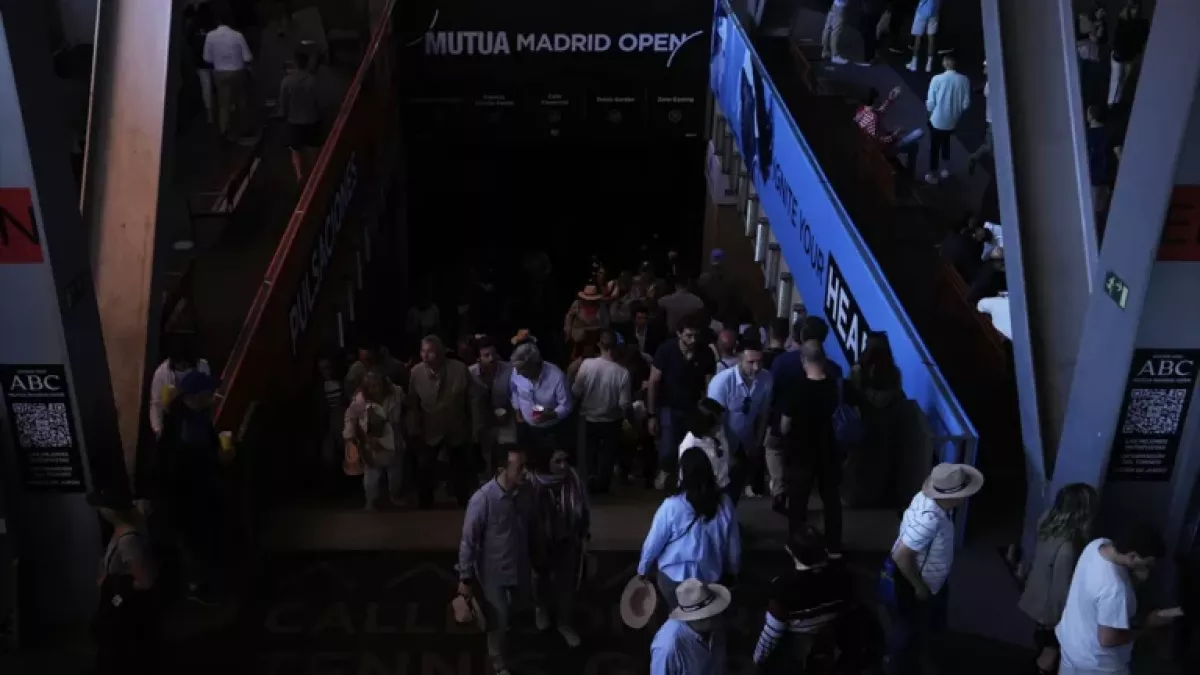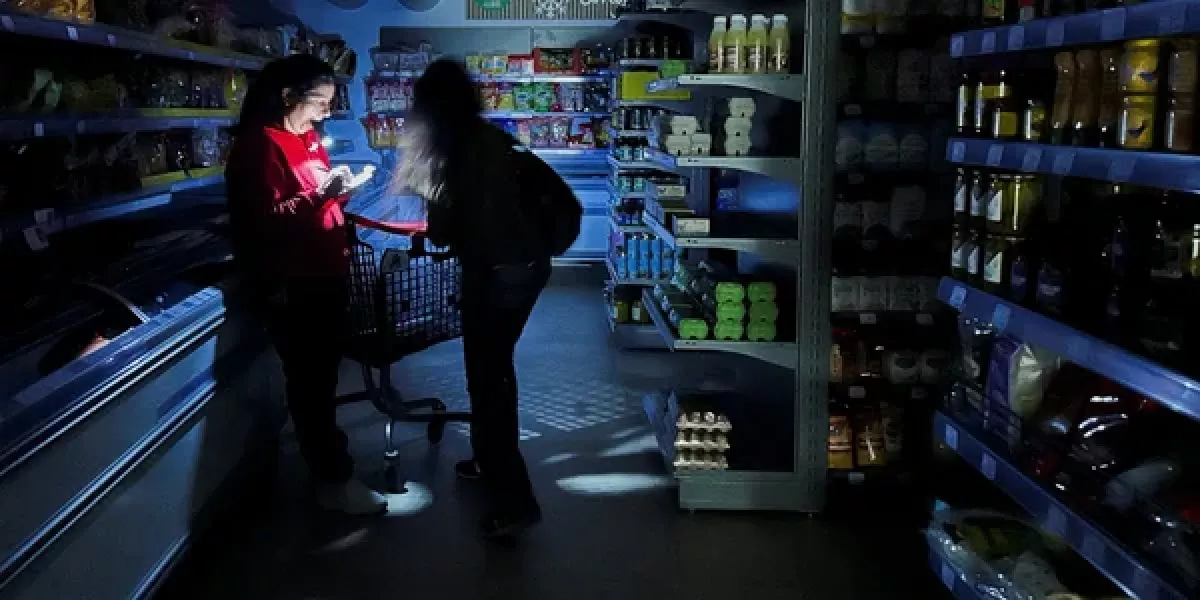Darkness over Europe: Largest blackout of 21st century Fragile infrastructure and the need for modernisation
On April 28, an event occurred that, in an instant, transported millions of Europeans into the distant past. Spain and Portugal, as well as parts of southern France and Andorra, experienced the largest blackout in European history. This incident sparked a wave of heated debate, surpassing in public resonance even such topics as the ongoing Russia-Ukraine war.
Unlearned lessons of the recent past
Over the past few decades, Europe has faced several large-scale power outages.

On August 28, 2003, a major power failure occurred in London and its surrounding areas, affecting around 500,000 people. The cause was a malfunction in the signalling and control system at the Wimbledon substation. This led to the shutdown of the Underground and rail services, a transport collapse, panic at stations, and significant delays.
On September 28 of the same year, a blackout swept across the whole of Italy, leaving around 56 million people without electricity. A failure on a power transmission line in Switzerland triggered a cascading effect that disconnected the Italian power system from the pan-European grid. Rail traffic came to a complete halt, water supply was disrupted, and hospitals switched to backup generators. The economic losses were estimated in the hundreds of millions of euros.
On November 4, 2006, a widespread power outage affected Germany, France, Italy, Spain, Belgium, and Austria, impacting around 15 million people. A scheduled line shutdown in Germany, related to the passage of a ship along the River Ems, caused an overload and imbalance in the network. This triggered a chain reaction of disconnections, disrupting train services, airports, street lighting, and communication sectors. The incident exposed weaknesses in coordination among power grid operators across countries.
In January–February 2017, an energy dispute between Serbia and Kosovo led to a sharp drop in voltage across the continental European grid, causing malfunctions in digital clocks and other electronic devices. It was the first time that a political standoff had directly impacted the functioning of the entire European power system.
Each of these incidents served as an alarming signal, highlighting the vulnerability of the energy infrastructure. After every event, politicians declared the need for better coordination, modernisation, and a transition to sustainable energy sources. However, the events of April 28 revealed that most of these promises never moved beyond paper.
Everything came to a halt
On April 28, 2025, Europe experienced the most severe energy crisis in its history. Sixty million people were left without electricity. The outages lasted between 12 and 36 hours. According to the Spanish grid operator Red Eléctrica (REE), 15 GW of power—equivalent to 60% of the national demand—was lost from the system in just five seconds. This triggered a cascading series of shutdowns across the entire Iberian network.
As a result of the incident, at least seven people lost their lives. Among the victims were a woman in Valencia whose oxygen machine shut down, and a family of three in Taboada who died from carbon monoxide poisoning caused by a generator. There were also reports of a fatal fire started by a candle, along with numerous injuries. Metro and train services were halted in Madrid, Lisbon, and other cities, flights were delayed, and traffic lights and ATMs went offline. Mobile communication and internet services were severely disrupted, complicating the work of emergency responders.
The Spanish Confederation of Business Organisations (CEOE) estimated the economic damage at €1.6 billion. According to Reuters, total losses may reach between €2.25 and €4.5 billion, including up to €190 million in damages to the meat industry due to spoiled products left without refrigeration.

Spanish Prime Minister Pedro Sánchez urgently convened a meeting of the National Security Council and launched an investigation involving private operators. Spain’s High Court also opened its own inquiry to determine whether the incident was an act of sabotage or cyberterrorism. Judge Jorge Calama is considering the possibility of classifying the incident as a terrorist offence if deliberate interference is proven.
Some media outlets have speculated about Russia’s possible involvement, but no direct evidence has yet been presented to support these accusations. Meanwhile, the Portuguese side claims that the failure occurred on Spanish territory. The European Commission has also initiated its own investigation.
A preliminary report is expected to be ready in six months.
Help yourself
The incident clearly demonstrated that European countries were unprepared for such a large-scale emergency. Hospitals in Spain switched to backup generators and continued providing care to critical patients. However, scheduled surgeries were cancelled, and home care for patients became difficult due to inaccessible elevators and the shutdown of refrigerators.

Telecommunications network operators such as Vodafone and Telefónica activated backup power. Vodafone managed to restore about 70% of normal communication capacity during the day and had returned 60% of mobile traffic by evening. Full restoration of power and internet connectivity was only completed the following day. Some facilities, including ministries and the parliament, remained without electricity even after partial network recovery.
This crisis highlighted the urgent need for investments in updating and expanding backup capacities, especially amid the growing reliance on renewable energy sources. It also demonstrated how fragile the familiar infrastructure systems can be in the face of emergencies.
Ukraine, perhaps more than any other country, understands what it means to be prepared for life in extreme conditions. In every city, on every street, when the power goes out, generators are immediately activated. Supermarkets, restaurants, pharmacies, cafes—all businesses continue to operate despite the attacks on the energy infrastructure.
For a long time, Ukrainians have equipped their homes and apartments with everything necessary for power outages: generators, batteries, candles, radios, and food and water supplies. In Spain, however, no one was prepared for such a scenario. People here are accustomed to a calm, comfortable life and rely on the government to resolve any emergencies.

But, as the saying goes, "Trust in God, but do not fail to act yourself." No state is capable of providing powerful generators for every commercial facility, supermarket, business center, and high-rise building, especially when it comes to structures 30-40 stories tall. The government cannot afford to buy flashlights, candles, batteries, radios, water, and food for everyone in case of the next blackout. These things must be handled by citizens and the private sector themselves. This way, when an emergency arises, people won’t rush to empty store shelves in a matter of hours, nor will they find themselves without all the essentials.
These lessons are important not only for Spain or Portugal but for the citizens of all countries. Because no one, anywhere, is immune to such disasters.








